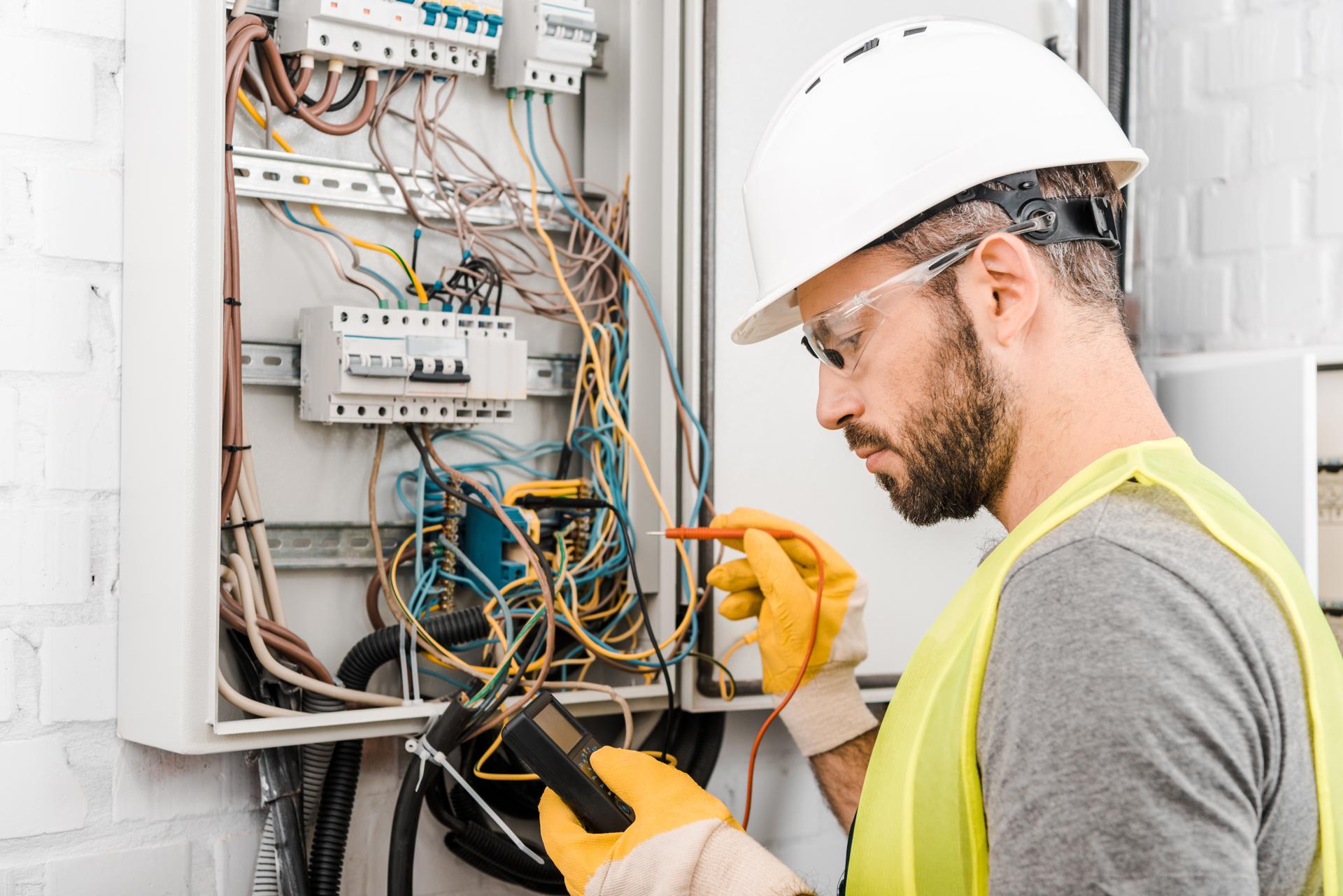A Basic Explanation of the Fundamentals Behind Electrical Wiring in Your Home

Electricity is an integral part of our daily lives, supplying everything from the lighting in our homes to the gadgets that we use each day. But electrical systems can be complex and understanding how they work can be challenging. In this article we’ll go over the elements that make up an electric system and show how circuits operate to power devices and appliances. Our residential electricians can handle any electrical jobs you need.
Components of an Electrical System
An electrical system is comprised of several essential components that work to provide power throughout the home. This includes:
Breaker box is the central distribution point for electrical power in a home in which the power is split into various circuits
Switches and outlets: points where electricity is delivered to appliances and devices
Wiring: the wires that transport electric current from the box to outlets and switches
Electric appliances, devices and equipment: the appliances and gadgets that rely on electricity to function.
Electrical Circuits
An electrical circuit is a pathway that allows electricity to flow from the main source (the breakers box) to the devices and appliances in the home. There are two kinds of electrical circuits found in homes which are 120-volt circuits and circuits with 240-volt voltage. 120-volt circuits are utilized for most household devices and appliances, whereas the 240-volt circuits are utilized for larger appliances like dryers and air conditioners.
Electrical circuits work by completing the loop which allows electricity to be transferred from the source to the device or appliance. The loop consists of a hot cable that carries the electricity, a neutral wire that completes the circuit and the ground wire which provides an avenue for electricity to travel to the ground in case of a fault.
Understanding the electrical Wiring
Electrical wiring is available in a variety of different kinds, including non-metallic sheathed cable (NM) as well as armored cables (AC), and conduit. Each kind comes with its own pros and drawbacks and the selection of the wiring type is contingent upon the specific needs that the location requires.
The electricity travels through wires through a flow of electrons that travel through the wire. The electrons flow through the wire from source, to device or appliance and then back to the source via the neutral wire. It is crucial to make sure that the wiring is installed and maintained in a correct manner, as defective wiring could lead to electrical hazards such as shocks or fires.
Common Electrical Issues
Common electrical issues at home include tripping light bulbs, flickering breakers and disconnected outlets. These problems can be caused by a variety of factors such as overloading circuits poor connections, or faulty wiring.
If you are experiencing any of these issues, it’s crucial to pinpoint the source and take steps to correct the issue. In some cases it may be necessary to contact a licensed electrician to examine and fix the wiring.
Final Conclusion, as well as a Call to Action
In the end, knowing how electrical wiring operates is vital to ensure the security and reliability of your home’s electrical system. If you follow the rules laid out in this article to stay safe and prevent potential hazards.
Should you ever have questions or concerns about your home’s electrical system Don’t hesitate to reach out to Adelaide Electrical. Our team of licensed electricians have the knowledge and expertise to handle all your electrical requirements. Contact us at 0480 024 418 to schedule a consultation.
FAQ
What are the signs of an electrical wiring issue?
Signs of faulty electrical wiring can include tripping breakers, flashing lights, and dead outlets, to name a few.
How often should I have my electrical system at home inspected?
It’s recommended that you get your home’s electrical system examined by a licensed electrician every 10 years.
What is the expected lifespan of wiring that is electrical?
The lifespan of electrical wiring is dependent on many factors, such as what kind of wire used, the environment it’s installed in, and the quality of the installation. In general, electrical wiring can last at least thirty years, or even more with correct installation and care.
Can I fix electrical problems myself , or do I need to hire an electrician?
Although some electrical issues are fixable by homeowners, it’s advised that you employ an experienced electrician for most electrical repairs. Attempting to fix electrical problems without proper training and experience can be dangerous and could cause damage or injury in your house.
What should I do if have an electrical issue within my home?
If you encounter an electrical problem first thing to do is to shut off the power supply to the affected location by turning off the fuse or breaker. After that, you should contact an authorized electrician to look into and fix the issue as soon as is possible.
If you follow these tips by following these guidelines, you can ensure the security and reliability of your home’s electrical system , and avoid any potential dangers. Keep in mind that when it comes to electrical repairs or installations, it’s always best to leave it to the experts. Contact Adelaide Electrical at 0480 024 418 for all your electrical needs.
